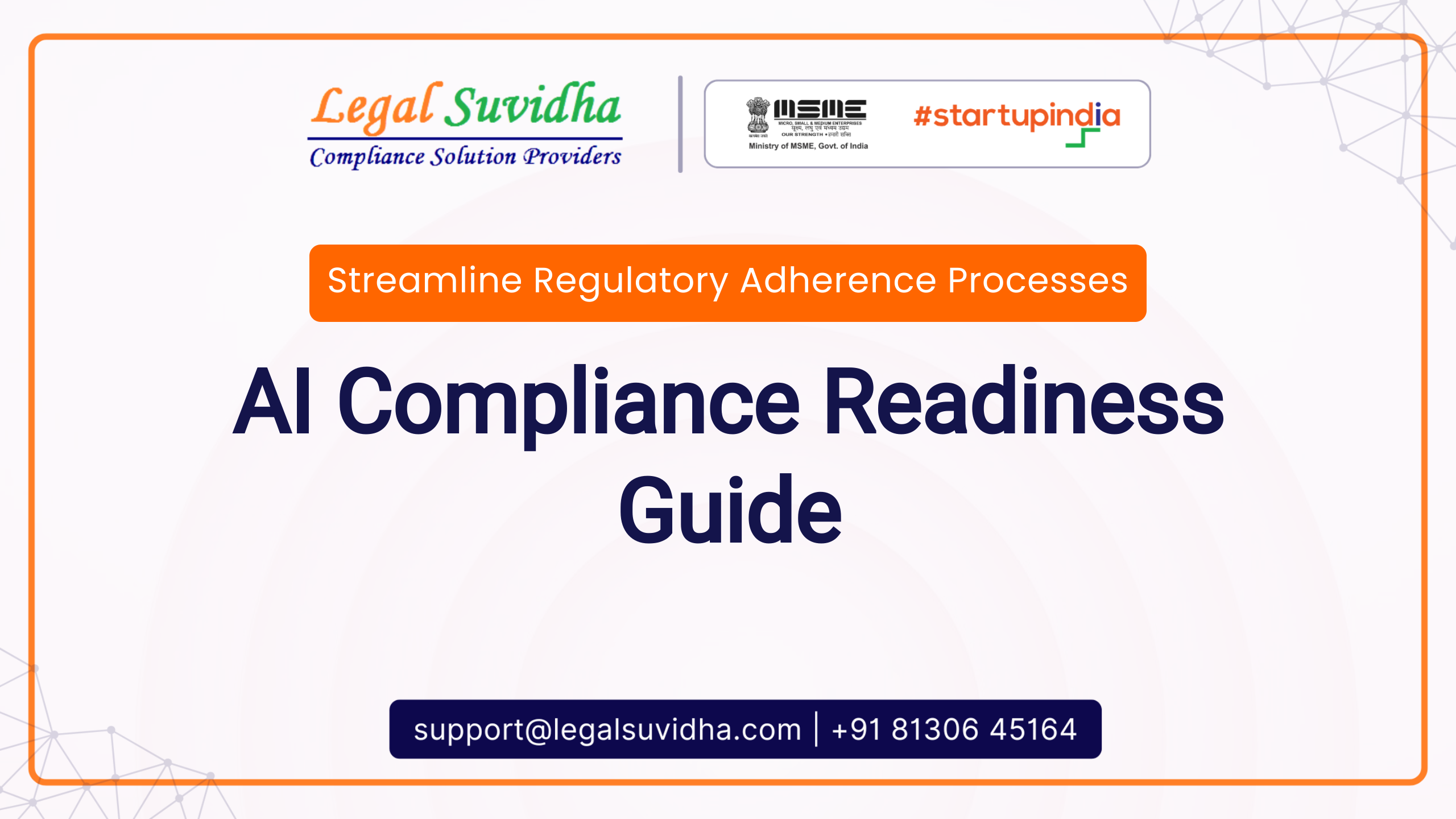Accounting for Sole Proprietorship
A sole proprietorship’s accounting needs are somewhat different from those of other kinds of business companies. As the owner is regarded as being inseparable from the business, it is not necessary to keep a separate set of accounting records. But, keeping track of business activities is necessary so that you can assess whether they are profitable.
Final Accounts of Sole Proprietors
Sole proprietors are traders who run the business alone without engaging in any partnership, he/she gets the entire profit as well as are solely liable for losses suffered by such a business.The sole proprietor can better grasp the business’s profits and losses by reviewing the final accounts.
As the name implies, the final accounting phase of a business is referred to as the “final accounts meaning.” Trading accounts, the profit loss account, and the balance sheet account are the three main components that make up the final account’s meaning and methodology. Final accounts with corrections are occasionally created, though, in order to correct errors and give the owner precise profitability measures.
Elements of Final Accounts of a Sole Proprietorship
The business’s financial transactions are first entered into a journal, and then they are moved to a ledger. The ledger balances are moved to the trial balance at year’s end. The stage before creating the final accounts is this one.
The final accounts involve several elements: –
Trading account: It is where the business’s gross profit is derived. The buying and selling of items, as well as direct expenses, are taken into consideration while creating a trading account. The equation of gross profit stands as,
Gross profit = Net sales – Cost of sold goods.
Profit and loss account:The net profit of the company is calculated using the profit and loss account, which takes into account all losses, profits, incomes, and expenses. Net profit is calculated using the formula:
Net profit = Gross profit + Other Income – Costs
Balance sheet:A balance sheet is created to show an organization’s assets (its real estate and other resources) and obligations. Together with obligation towards other creditors, investors, etc., capital invested by a lone owner in his or her own business is also considered as the liability of the business.
Assets = Liabilities + Capital
The income statement of the business is made up of the trading account and the profit and loss account. The income and expenses of the company are shown in the statement. The balance sheet sets the position of a corporation, whilst trade and the profit and loss account aid in understanding how the company is performing.
Final Accounts with Adjustments
- Adjustments made to final accounts before they become final are included. The balance sheet would not produce the accurate measurements of earnings and losses without include these items.
- A component of this is the adjustment of closing stock. The inventory of the company is referred to as closing stock. Analyzing and documenting the cost of products unsold is crucial.
- Such stocks must be physically verified during this process, which takes a lot of time and is not compatible with the trial balance. So, this adjustment needs to be taken into account throughout the final accounting process.
- Moreover, adjustments for unpaid expenses must be included in the final accounting. The term “outstanding expenses” refers to unpaid company expenses from a specific time period.
- To offer an accounting that more accurately reflects the situation, the costs for this time period should be included to the balance sheet.
- A sole proprietorship’s final accounts must additionally include adjustments for depreciation, unrecognised income (money earned but not received during the period of accounting), and expenses paid in advance for the next year.
Presentation Methods of Final Accounts of a Sole Proprietorship
Horizontal form: This financial statement layout has more columns and is T-shaped. Liabilities are displayed in the left column, and assets are indicated in the right column. Only account information for the current year is included in the horizontal form.
Vertical form: Information is scattered across the sheet in a vertical format from top to bottom. The data is given in such a way that the sheet can also include account information from the prior year. This gives the ability to strategically contrast the accounts for the current year and the preceding year.









